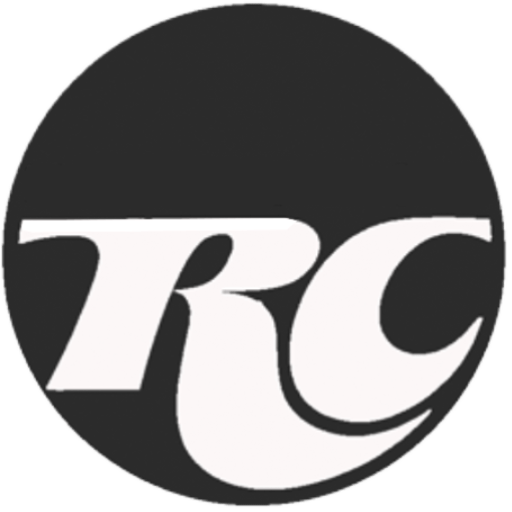WordPress content structure is based on two aspects, pages and posts.
Understanding how to use posts and pages is important to structuring your blog/website in a way that is not only friendly to the user but SEO friendly as well.

Posts versus Pages
Posts are the dynamic pieces of content added to the “blog” section of WordPress.
Pages are static pieces of information that are created outside of the “blogging” function in WordPress.
Posts are normally not included in WordPress navigation.
Pages tend to be automatically added to the navigation of the site. However both posts and pages can be added to your WordPress Navigation.
Posts are published as part of your RSS feed automatically, then becoming part of your sites syndication being published across the Internet.
Pages are not automatically syndicated, although they can be if you install the correct plugin.
Pages are Special.
Pages in WordPress provide a large level of flexibility as far as design, content and structure of the site. Pages can also be used to create custom landing pages, sales pages and more. Pages can be a great foundation when building membership sites with special tools. Pages also allow the blogger to include many new aspects of websites to their blog, creating a hybrid blog site.
According to Maria Reyes-Mcdavis who origionally discussed this topic at WebSucessDiva.com
the following plugins will help you manage your content within posts and pages, some helping you manage the SEP implications of how content is structured.
- Exclude Pages from Navigation This plugin will allow you to customize what pages show up, by default, in your main WordPress navigation.
- Page Tagger This plugin will allow you to tag your pages, just like you do your blog posts, to include important static content within your tag structure.
- Robots Meta This plugin will help you set important Robots Meta information for individual posts, pages, categories, and archives on your blog.
- Simply Exclude This plugin will allow you to exclude from ALL WordPress navigation and archive pages, any individual post, page, category, tag category, and beyond.
- Smart Ping Update Use this plugin to ensure that your blog only Pings and syndicates new content, rather than doing so every time you edit, possibly having your blog marked as spam.
The value from these plugins is to help you structure your content in a way that benefits your SEO efforts and allows you to use WordPress as a total content management system, not just a blogging tool.
Some important things to consider when creating new content in WordPress:
- Have you done your Keyword research? Much of the content you publish will relate to current trends and information, you should always do your research whenever you are looking for new content for your audience. This will help you to continually leverage the power of SEO and search engine traffic.
- Always Include Keywords when posting. This will include your post title, categories, tags and meta tags. Titles should be short, attention getters and keyword rich. Keywords should be included throughout your post, including the first and last sections. Your tags should be your major set of keywords that tells your readers and serach engines what your blog is all about, like topics. Don’t forget to make sure that every excerpt from your post is full of keywords as well.
- Try to use at least one image per post. This will obviously contribute to the visual aspects of your blog, but it will also help with your SEO. This is because search engines not only look at the content of your site, but the images as well. When you add a image or video to your post with proper title-tags, these images will be found in searches across a whole new social web where multimedia content is gold.
- Be sure to limit your tags and categories. Each post and/or page should be included in one category. Posting content in multiple categories will most likely create duplicate content, because each category has its own archive pages. This also applies to tags. You can use multiple tags but you should consider them to be keyword topics, like folders to categorize your content.
- Make sure to format your posts for SEO and user friendly content. WordPress and most design templates include pre-formatted options that are simple to use. Use heading tags to create sub-headings that make your content easier to scan and read. Use bolding and italics with discretion to emphasis readability and SEO value throughout your content. Use numbered and bullet lists to break up content. Formatting your posts/pages is very important if you plan on building loyal readership. Good content must look and read good.
Check out the following Videos For more information:
Content and information for this post provided by WebSucessDiva.com
